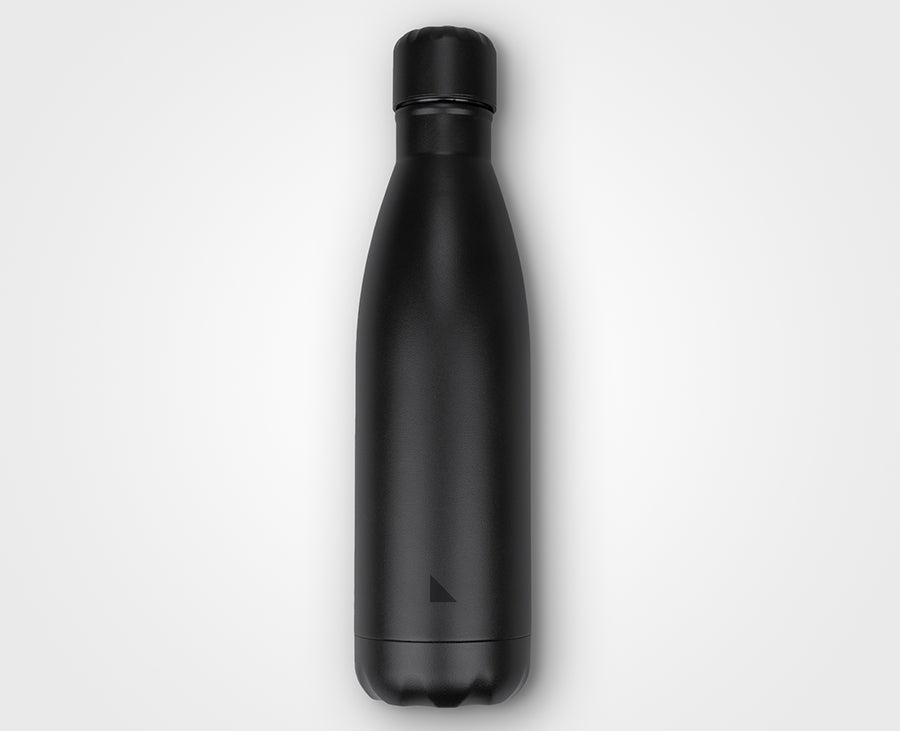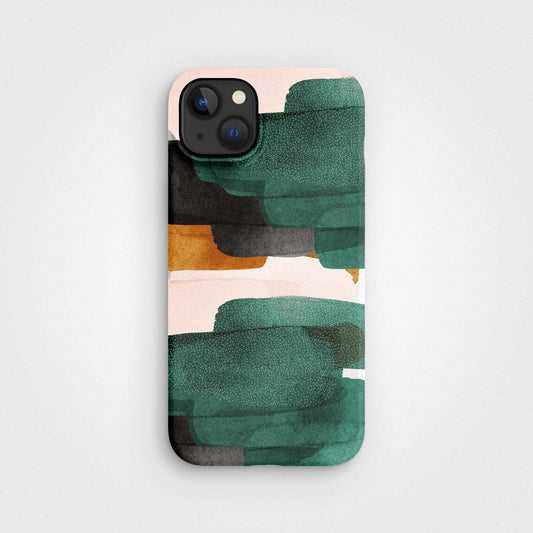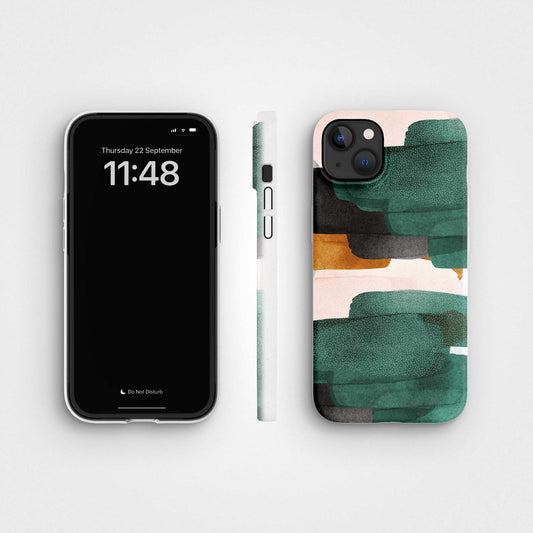Eco-friendly means “not harmful to the environment”, according to a quick Google search. But what does that entail, really? What is eco-friendly and what does it really mean to have an eco-friendly lifestyle and to make eco-friendly choices? In this article, we explore the subject of eco-friendliness and try to answer the question that is on everybody's lips nowadays: What is eco-friendly?
Quick Links
-
Eco friendly meaning - the definition of Eco-friendly
-
Eco-friendly materials & products
-
Eco-friendly vs green vs sustainable
-
FAQ about eco-friendliness
Eco friendly meaning?
For us to have a meaningful discussion on the subject, first we need to know what is eco-friendly? In general, the term “eco-friendly” is used to refer to products or activities that have minimal environmental impact. This can be in terms of their manufacture, use and disposal. Eco-friendly products generally require less energy and water for production than traditional alternatives, last longer than other products, reduce emissions of greenhouse gases (GHGs), and reduce or eliminate the use of toxic chemicals. To be truly eco-friendly, a product should also have minimal impact on land, air and water resources. Examples of eco-friendly products include organic food items, energy efficient appliances or designs that promote waste reduction.
What's the definition of eco-friendly?
The basic definition of what eco-friendly means: “not harmful to the environment” is a start but doesn’t really help us much. In fact, it’s an answer that raises even more questions as it doesn’t go into very much detail about what it means to be harmful, or even what it is that we refer to as “the environment”.
Environmentally friendly vs eco-friendly - what's the difference?
Though they are often used interchangeably, the terms "environmentally friendly" and "eco-friendly" actually have slightly different meanings. Environmentally friendly refers to products or activities that cause minimal harm to the environment, while eco-friendly typically refers to a product or activity that is not only environmentally friendly but also sustainable, meaning it does not deplete natural resources or compromise the ability of future generations to meet their own needs. Eco-friendly products and activities aim to maintain a balance between ecological, social, and economic factors. They often incorporate principles of renewable energy, waste reduction, and conservation to ensure long-term environmental sustainability. While these two terms are often used interchangeably, there is a subtle difference between them.
Environmentally friendly refers to products or activities that do not harm the environment, while eco-friendly focuses on processes and materials that are beneficial to the environment over their entire life cycle – from production to disposal. For example, an environmentally friendly product may be made with recycled materials and strives for minimal environmental impact during its use.

On the other hand, an eco-friendly product incorporates recycled materials while employing sustainable production methods that conserve energy and reduce waste. An eco-friendly product prioritises renewable resources, minimises emissions and pollutants throughout its life cycle, and aims for the smallest possible ecological footprint. And here's the icing on the cake: an eco-friendly product is designed to be easily recyclable or biodegradable once it has served its purpose, promoting a circular economy and reducing the burden on landfills.
If you want to understand what it really means to be environmentally friendly and eco-friendly, check out our greenwashing dictionary. It's a helpful resource that breaks down the concepts in a straightforward and easy-to-understand way.
In order to recognize the modern era deceptive marketing practice, we encourage you to improve your sustainability awareness, be able to recognize greenwashing when it's used, on the spot. Our goal is to make people become more environmentally conscious consumers and see beyond the false facade of the marketing buzzwords.
Natural resources what does it mean?
Natural resources are materials and components that can be found within the environment. Every man-made product is composed of natural resources (at its fundamental level). A natural resource may exist as a separate entity such as fresh water, and air, as well as a living organism such as a fish, or it may exist in an alternate form which must be processed to obtain the resource such as metal ores, oil, and most forms of energy. Natural resources are derived from the environment. Examples of natural resources include air, water, soil, minerals, plants, and animals. Renewable resources are those that can be replenished over time; examples of renewable resources include solar energy, wind power and geothermal.

FAQ about eco-friendliness
The most common questions about eco-friendliness online are about specific materials:
- Is glass eco-friendly?
- Is rubber eco-friendly?
- Is bamboo eco-friendly?
While these are interesting questions, they are difficult to answer. Everything affects the environment in some way. To know if something is eco-friendly we really must compare it to the alternatives.
Which materials & products are eco-friendly?
At agood company we strive to provide products that are eco-friendly. We source many of our materials from natural and renewable sources, including organic cotton, bamboo, stone and linseed. Our goal is to provide beautiful products that are good for the environment too. Our materials are specifically designed to gravitate around the idea of more sustainable & environmentally friendly future.
Is plastic eco-friendly?
Mostly, no. Traditional plastic is made from hydrocarbons, a non-renewable material that has to be extracted from the ground in a messy process that uses a lot of energy and releases greenhouse gases. Also, as you're probably well aware, plastic takes a long time to degrade and hangs around in the environment for way past its welcome, finding its way to all corners of globe and polluting ecosystems that us and animals rely on. Some studies have shown how plastic can harm people, messing with our hormones. So no, traditional forms of plastic are definitely not eco-friendly.
However, some alternatives have been are being developed that use renewable materials and clean production techniques and can be safely composted after use. We use these new forms to make our plant-based mobile cases.
Is silicone eco-friendly?
Silicone is a synthetic polymer that has become increasingly popular for use in kitchen equipment in recent years. It is very flexible but still durable and it will withstand unbelievable levels of abuse.
It can be put in the freezer, tossed in the oven, bent and twisted in all ways conceivable and still snap back into shape afterwards, without a scratch. Silicone products are the preferred choice before traditional plastic alternatives in almost every case. Is it eco-friendly, though? We would say yes, but only in comparison to plastic. The manufacturing and recycling situation is far from perfect, but silicon still wins because of its longevity.
Is bamboo eco-friendly?
Yes. Bamboo is a natural material that can be grown without the need for lots of pesticides and other chemicals. Bamboo is 100 per cent renewable and can be used to make everything from scaffolding to underwear. Bamboo is perfect for making utensils and other kitchen equipment, as it is waterproof, stain-proof, durable and has excellent antibacterial properties. Bamboo cutlery sets are not only lightweight and easy to carry, but they also offer a natural and reusable option for on-the-go dining, reducing single-use plastic waste. Also, you can enjoy beverages without contributing to plastic pollution with sustainable bamboo straws.


In addition to utensils and kitchen equipment, bamboo has become increasingly popular for a wide range of sustainable products. Bamboo socks have gained recognition for their softness, breathability, and moisture-wicking properties, making them a comfortable and eco-friendly alternative to traditional socks.
Another remarkable product that shows the sustainable qualities of bamboo is the bamboo toothbrush. With its biodegradability and naturally antimicrobial properties, switching to a bamboo toothbrush promotes eco-friendly oral hygiene and aligns with the growing movement towards a greener and more sustainable lifestyle.
Is glass eco-friendly?
What is eco-friendly about glass? Most prominently that it can be infinitely recycled. Glass is made from sand. Manufacturing new glass requires a lot of heat and some chemicals, so it’s not an obviously eco-friendly choice, but it can be, under the right circumstances. Durability and recyclability are the two areas where glass really shines. A glass container will last practically forever if you don’t break it and it can be washed and reused as many times as you like. Compared to plastic and many other materials glass is very eco-friendly, if you just reuse it.
Is nylon eco-friendly?
Nylon is a synthetic polyamide, replacing natural fibres, such as wool and silk. Nylon is made from petrochemicals and the production releases a lot of greenhouse gases in the form of nitrous oxide. Nylon is not biodegradable and is a big contributor to microplastics pollution. What is eco-friendly about nylon? Almost nothing, however, it can be an eco-friendly alternative. High-quality nylon is very durable, will outlast many other materials and it can be recycled, although this rarely happens.

Is rubber eco-friendly?
Natural rubber is manufactured using latex extracted from the Para rubber tree. It cannot really be recycled, but it can be ground up and reused. What is eco-friendly about rubber?
It is a natural material and the Para rubber tree can be grown in a sustainable way. However, rubber products can be reused the rubber cannot be completely recycled and made as new, and it must be properly handled and disposed of to not harm the environment.
Is steel good for the environment?
Steel can be considered eco-friendly when compared to some other materials. Steel is highly recyclable, meaning it can be recycled multiple times without losing its properties, which requires less energy and resources than producing new steel. This helps conserve natural resources and reduces the demand for new steel. Steel is also durable and long-lasting. It can resist corrosion, pests, and extreme weather conditions. Structures made of steel can withstand heavy loads and require less maintenance and repair over time, which contributes to reducing the environmental impact associated with frequent replacements or repairs.
However, the environmental impact of steel production depends on various factors like manufacturing methods, energy sources, and waste management practices. Some concerns include resource consumption, greenhouse gas emissions, and potential pollution if waste isn't managed properly. So, to evaluate steel's eco-friendliness, we should consider its entire life cycle, from extraction to end-of-life. Comparing steel to alternative materials in specific applications can provide a more complete understanding of its environmental impact.
By the way, using reusable stainless steel bottles is a great way to reduce waste and promote sustainability.
Is concrete eco-friendly?
What is eco-friendly about concrete? Nothing, really. It consumes large amounts of crushed rock, that is not renewable and the manufacturing uses copious amounts of clean water. Concrete cannot really be recycled. It can be crushed and used as filler material, but the properties of the raw materials are essentially lost in the process.
Eco-friendly vs green vs sustainable
Green and eco-friendly are quite interchangeable—both designate a light environmental impact. Sustainability, our North Star, is a bit more complex, but the United Nations Brundtland Commission defines it the best as “meeting the needs of the present without compromising the ability of future generations to meet their own needs.” There are three pillars of sustainability: environmental, economic and social and, back in 2015, the UN outlined 17 sustainable development goals, or SDGs, as a strategy to create a more sustainable humanity.
Summary
So what is eco-friendly? The question is easy to raise but almost impossible to answer outside of a specific context. Almost everything we do will affect or “harm” the environment in some way. That’s why it is important to always compare the alternatives when trying to determine if something is eco-friendly or not.
When choosing between products, the most eco-friendly choice is usually no product at all, but that is assuming there will be no gain for the environment. Take gardening equipment, for example. Manufacturing it will surely affect the environment but if it’s produced according to sustainable principles and wisely used to grow a garden that absorbs C02 and provide food for insects, it may be a win after all.
We recommend that to determine whether something is eco-friendly or not, consider if it's sustainable i.e. will its impact be detrimental to our future survival?



































